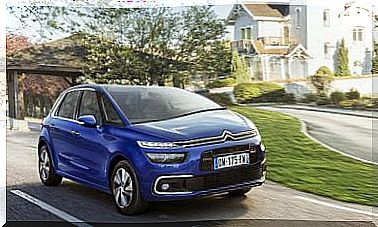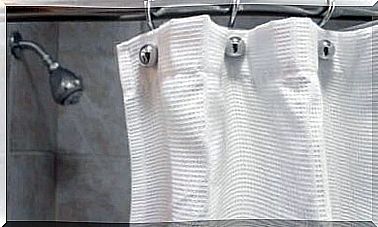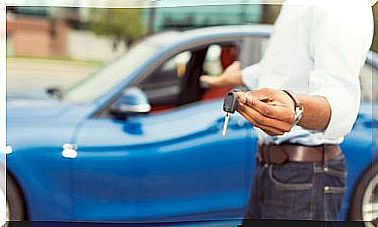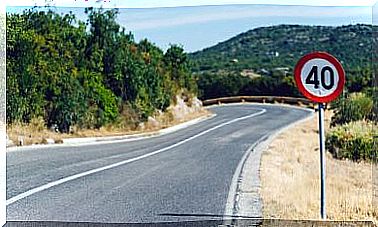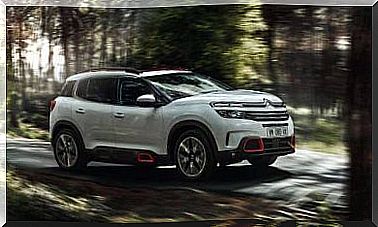Bugatti: Resurfacing To Automotive Stardom
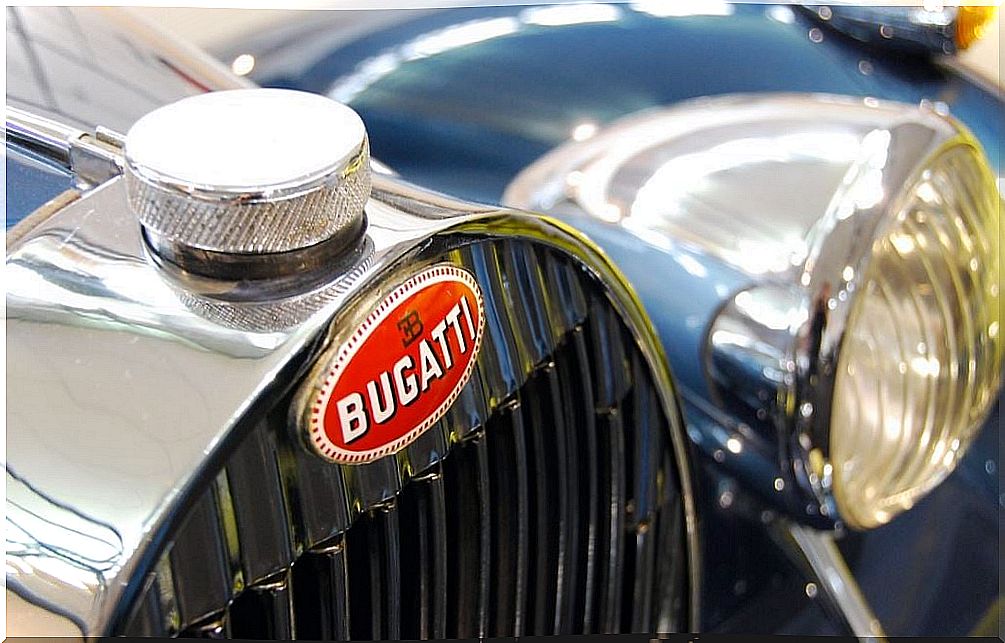
Surely if you look at the Bugatti name the first thing that comes to mind is the most recent success achieved thanks to the all-powerful Veyron and its successor, the Chiron. However, the history of this peculiar firm reminds us that not everything in life is a bed of roses, and it is that the French brand experienced in its own flesh what failure is.
Founded by Ettore Bugatti at the beginning of the 20th century in France. Accompanied by his brother and son, he would make some of the most representative cars in history and industry of the time. Today, copies of this stage reach up to eight figures in auctions.
The beginnings of Bugatti
In its first stage as a car producer, in the 1910s, Bugatti was in charge of producing its own racing cars, such as the Type 13, with which the French firm obtained great success in competition, dominating in the races of Gran Prize. However, if there is any racing car for which the brand is remembered, it is the Type 35, winner of several Grand Prix and other renowned tests such as the Targa Florio. But the competition was not the only sector in which the French were present.
In parallel, Bugatti produced some of the most special and attractive cars of all time. As a good example are the Type 41 Royale from the twenties and thirties, this being the brand’s first street model. With it, it entered fully into the most luxurious segment of the market. Later would come the mythical Type 57, one of the most valued Bugatti and the basis of inspiration for current models.
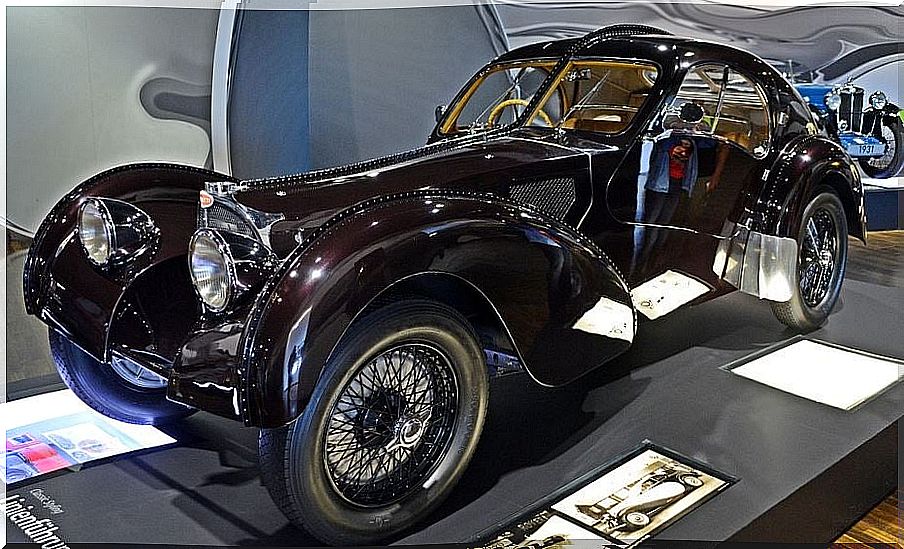
Unfortunately, with the arrival of the Second World War, Ettore was forced to close the factory of the brand to which he gave his name and emigrate to Italy, from where he would later try to recover his old factory without success, dying in the process. Still, in the 1950s the Type 251 was created for competition, but its failure and the lack of a leader plunged the brand into an indefinite crisis that kept it dormant for more than three decades.
Second youth
With the arrival of the 1990s, Italian businessman Romano Artioli acquired the rights to Bugatti and installed a new headquarters in Italy, with the intention of rivaling established local brands in the segment, such as Lamborguini or Ferrari.
The result of this experiment was the EB110, named in honor of the 110th anniversary of the brand’s founder’s birth and developed by former engineers from the two aforementioned Italian firms. It featured a 3.5-liter V12 engine and directly rivaled the Lamborguini Diablo of the time, but with greater exclusivity and quality.
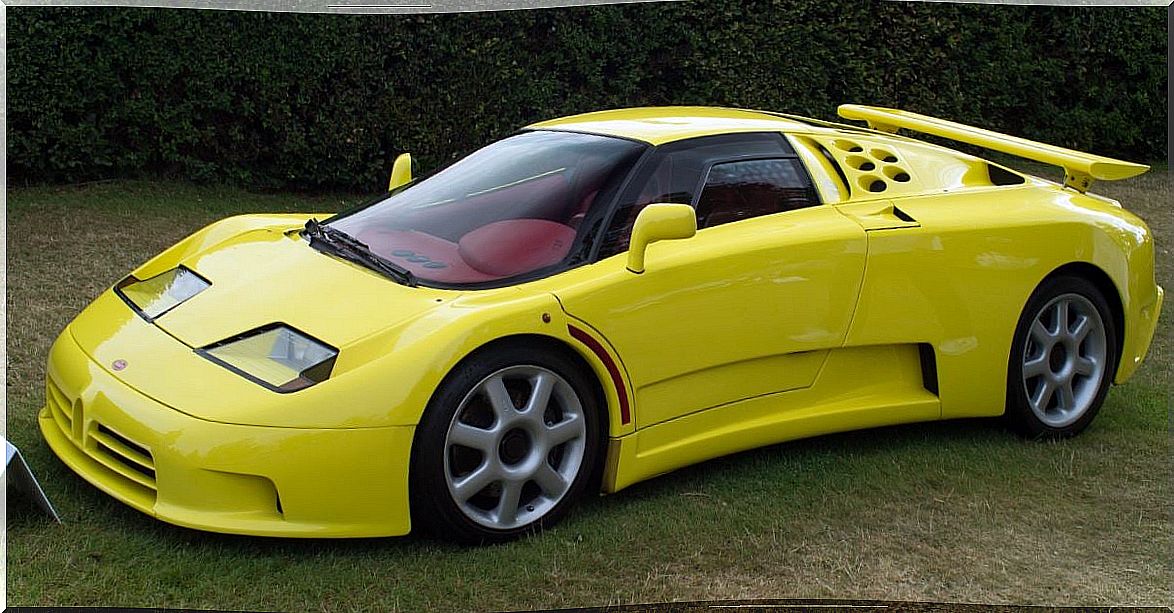
The adventure would not last long, since after four years in which a total of 91 units of the GT version and 31 of the SuperSport were produced, they closed the doors due to lack of funds.
It is curious how quickly the general public forgot about a model like the EB110, since despite its few units produced, it was one of the best cars on the market in its time, surpassed by very few, who also rivaled in different leagues (see McLaren F1).
I return in style
A first bankruptcy, three decades out of the game, and a second bankruptcy after a not very successful return. It doesn’t sound very good, but the legacy was there and there was potential. Something like this they must have thought at Volkswagen when they acquired the brand in 1998 with the idea of turning it back into a reference in motorsport. For this they also took over the original factory in France.
During the first years of this new stage, the only thing that Bugatti produced were non-functional prototypes, showing what could be its next launch, but it was not until 2002 that the prototype that was ahead of what would end up being the Bugatti Veyron was known, then announcing which were the crazy figures to reach with this car.
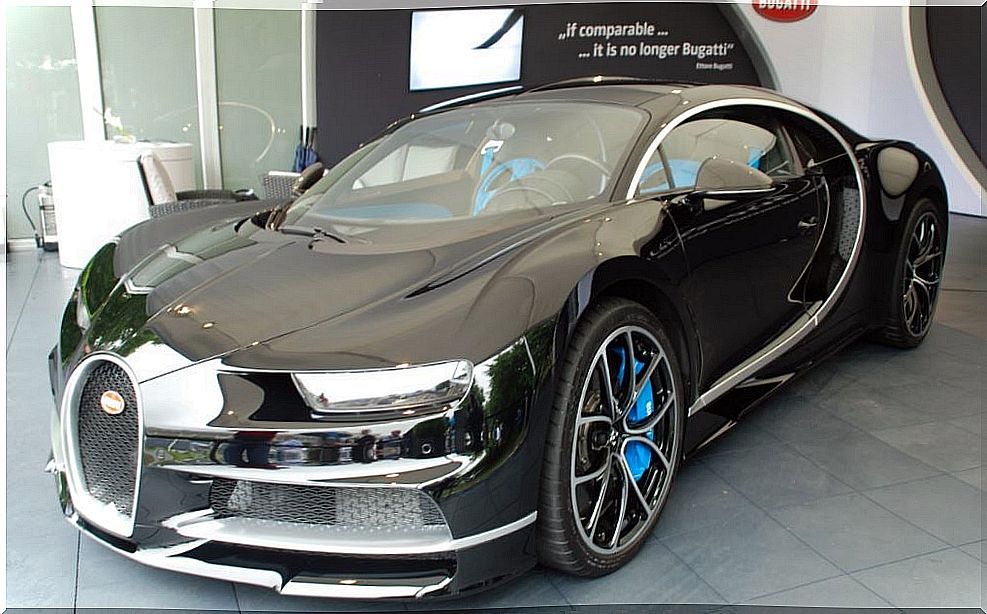
Finally, in 2005 the Veyron 16.4 became a reality, as did its W16 8.0 and 1,001 hp engine with a top speed of over 400 km / h. It announced a total production of 500 units, which ended up being sold over 10 years. During this time there were many special editions and an improved version, the SuperSport, with better aerodynamics, lower weight and increased power to 1,200hp, achieved the speed record with a top of 431 km / h.
The Veyron records were very important, and when it was time to retire and replace it, the firm did not rush with a brand-new new model, but instead improved on the ingredients they already had to create a much better dish, the Chiron 1,500. cv.
